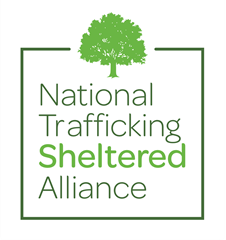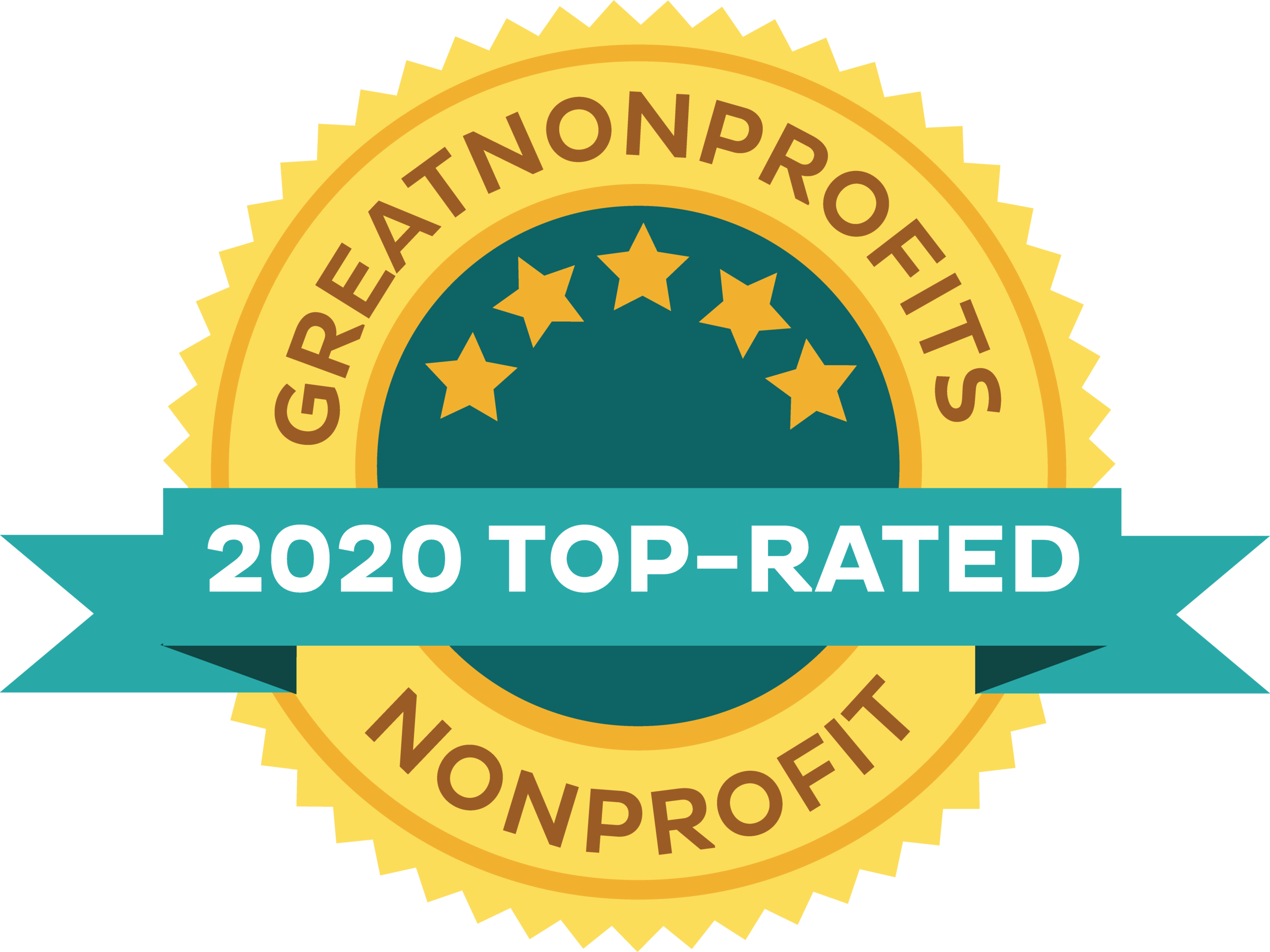Long-Term Residential Care
Every time we celebrate an article that reads, ‘...10 victims recovered’ we should pause and consider what happens to those men, women, and children.
Currently, most survivors are directed into short-term care facilities, such as domestic violence programs. These spaces provide temporary relief but don’t truly meet the specific needs of this vulnerable population and we know survivors often find themselves back on the streets.
There is a national deficit in residential care for survivors of sex trafficking and prostitution.
It is essentially impossible to know the true number of domestic sex trafficking victims and survivors in America. If we look at numbers...in 2019, the National Human Trafficking hotline alone identified 8,248 situations of sex trafficking, with 14,597 individual victims and survivors of sex trafficking.
At the same time the hotline was counting victims, the National Institute for Shelter Care was counting residential service providers for survivors. As of December 2020, they identified ONLY 192 actively serving shelters across the nation, with an average bed count of 6.
Using these numbers, the U.S. has just under 1,200 beds to offer over 14,000 individuals, from 2019 alone.
We find this immoral and unacceptable!
Something else to consider, many times the place a victim was recovered is not the best place for her to heal. We engage with a network of homes through both the National Trafficking Sheltered Alliance and our Thistle Farms Sister Communities.
““I can say that during my time at the Women & Children’s homeless shelter in York, we had FIVE trafficked survivors as residents in less than a year’s time. Homeless & Domestic Violence shelters don’t have the long-term, complex resources survivors of complex trauma need.
This is where SP will step in and fill the gap.”
- Jan Wilson, Sparrow Place
”








